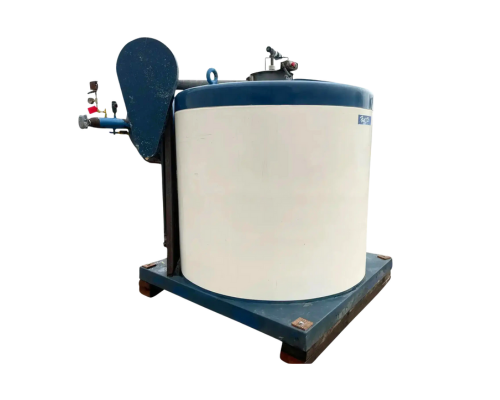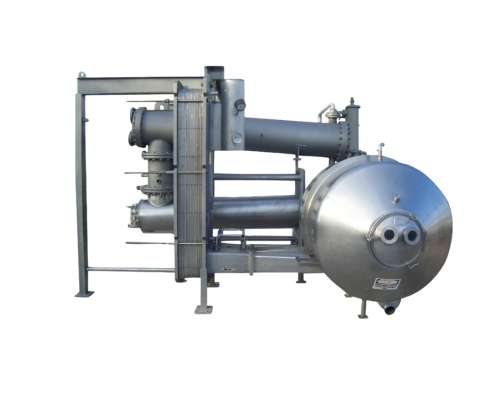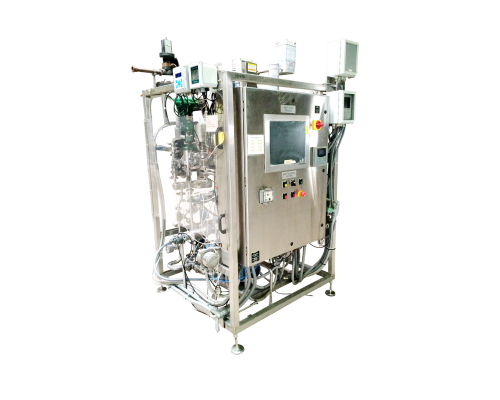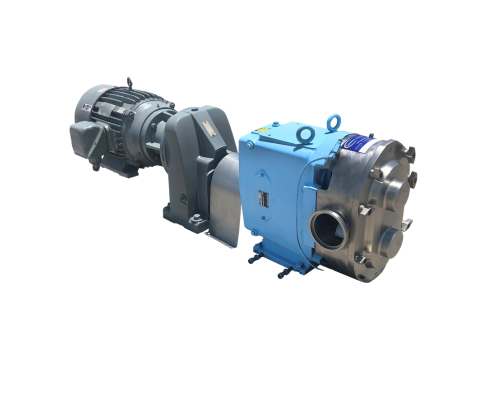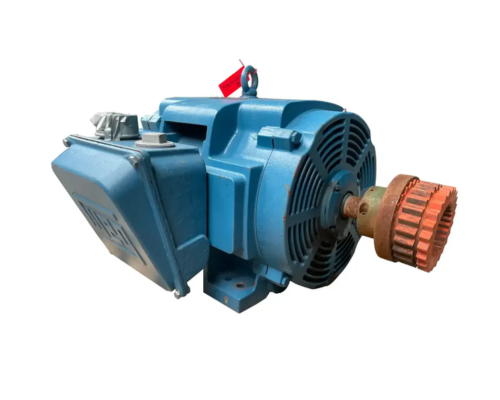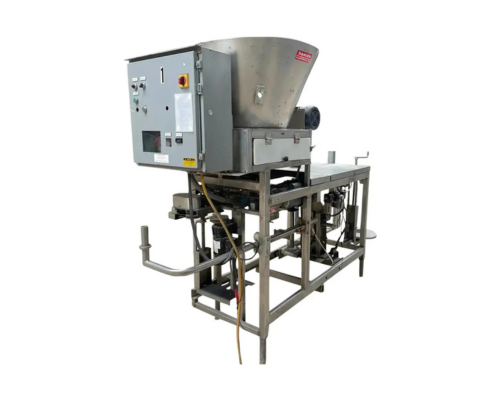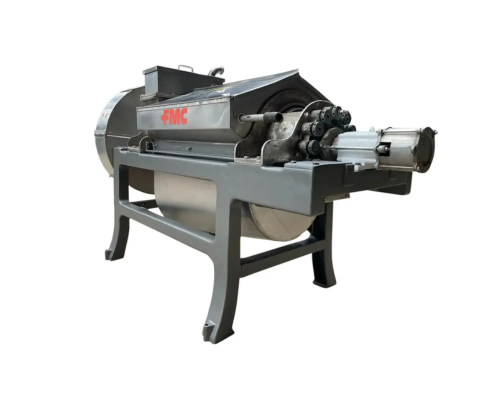
The Process
The process of producing pharmaceuticals involves several steps, starting from the research and development of the product to its commercial production. In order to ensure the safety and quality of pharmaceutical products, the manufacturing process includes several quality control checks and validations. The production process can vary depending on the type of drug product being produced and the manufacturing process chosen by the company.
One of the key pieces of equipment used for producing pharmaceuticals is the positive displacement pump. It is a type of pump that moves fluid by trapping a fixed amount of fluid and then forcing it into the discharge pipe. These pumps are used to transport different types of fluids such as liquids, oils, and gases. Positive displacement pumps find wide application in the pharmaceutical industry for dosing and transferring fluids. They are preferred for their accuracy, efficiency, and high level of hygienic standards.

The use of positive displacement pumps in the pharmaceutical manufacturing process is critical to ensuring the accurate dosing of drugs and the efficient transfer of fluids. These pumps are designed to meet strict regulatory requirements, and they help reduce the risk of contamination during manufacturing. Overall, the use of positive displacement pumps is an essential component of the pharmaceutical manufacturing process.

Overall, the use of positive displacement pumps in the pharmaceutical industry is crucial for ensuring accurate and consistent dosing of sensitive and expensive drugs. These pumps allow for precision in the handling of viscous and shear-sensitive liquids while minimizing the risk of contamination. Their use leads to increased efficiency, reduced waste, and better patient outcomes. Therefore, positive displacement pumps play a vital role in the production of pharmaceutical products and are imperative for maintaining the high standards of the industry.

